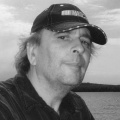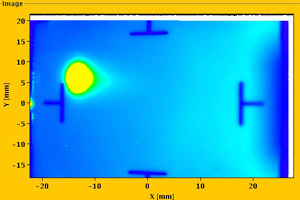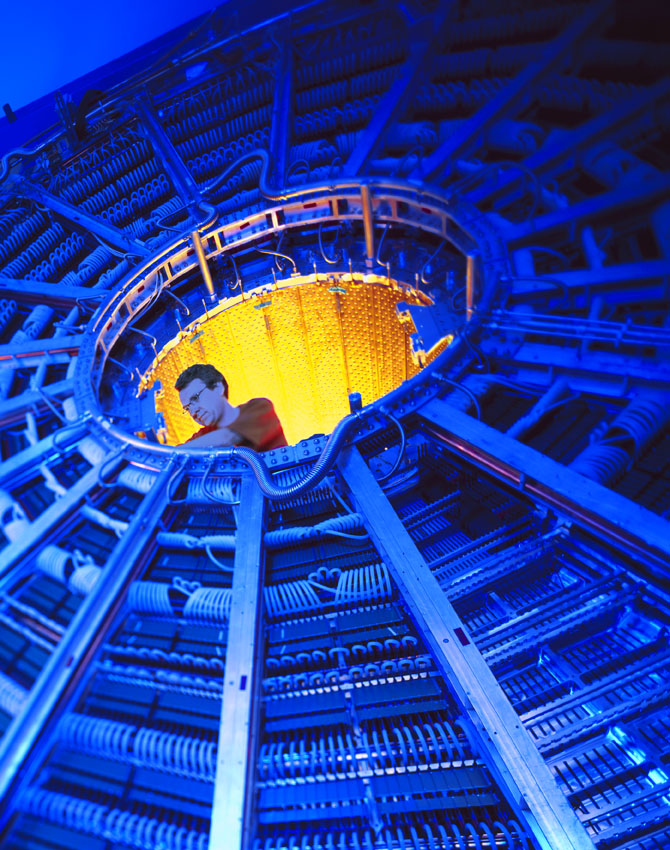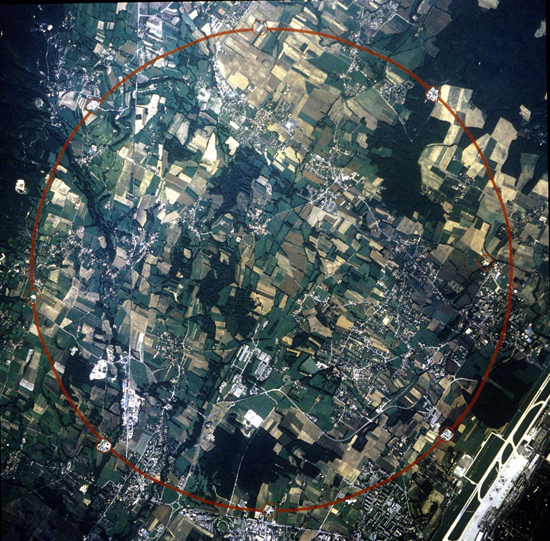 Accident Forces Two-Month Delay At The Large Hadron Collider (LHC)
Accident Forces Two-Month Delay At The Large Hadron Collider (LHC)No collisions and no beams either next week at the Large Hadron Collider (LHC). The BBC reported...
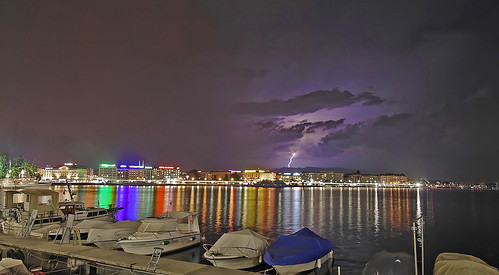 The LHC Passed Every Test Except The Thunderstorm One
The LHC Passed Every Test Except The Thunderstorm OneNature had her own ideas about testing the Large Hadron Collider(LHC) near Geneva last Friday....
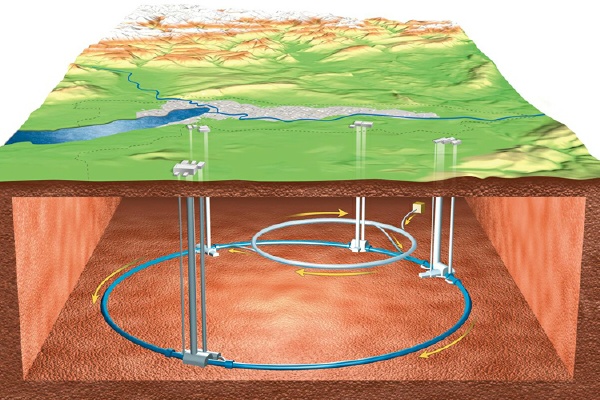 Stop CERN Euro Court Action Slips And Slides Forward
Stop CERN Euro Court Action Slips And Slides ForwardLHC Kritiks in Switzerland, Germany and Austria survived the first ruling on their case by the...
 Suit Alleges CERN In Violation Of Human Rights
Suit Alleges CERN In Violation Of Human RightsOn August 26th, a group of LHC critics filed a suit against CERN in the European Court of Human...

